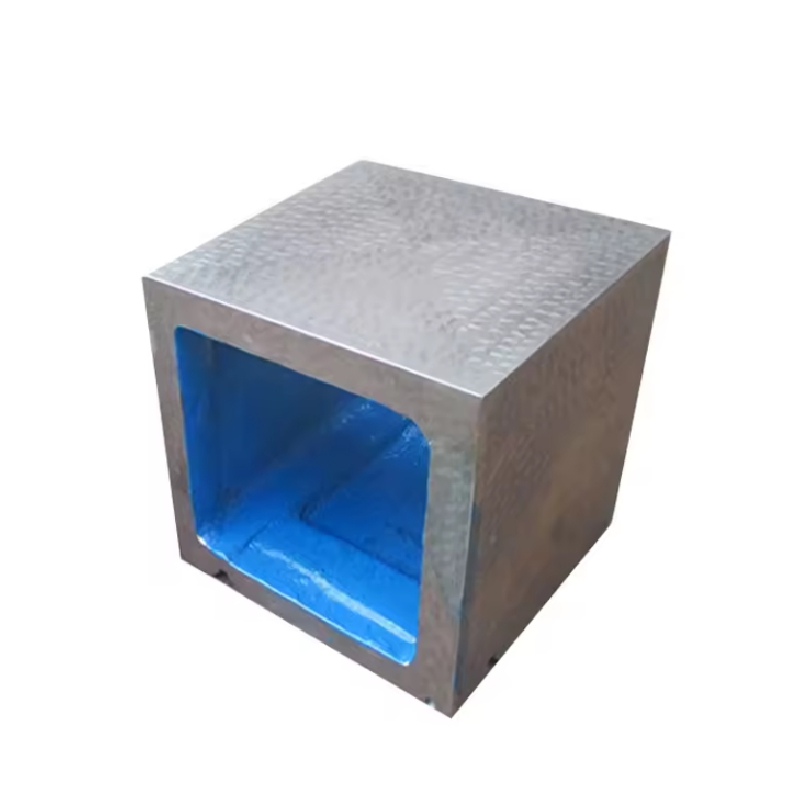Oct . 22, 2024 14:16 Back to list
Understanding the Function and Benefits of Pneumatic Check Valves in Industrial Applications
Understanding Pneumatic Check Valves Functionality and Applications
Pneumatic check valves are vital components in many pneumatic systems, ensuring the safe and efficient operation of various industrial applications. These one-way valves allow air or gas to flow in one direction while preventing backflow, thus maintaining system integrity and performance. In this article, we will explore the functionality, types, advantages, and common applications of pneumatic check valves.
Functionality of Pneumatic Check Valves
The primary purpose of a pneumatic check valve is to control the flow of compressed air or gas. By allowing flow in only one direction, check valves prevent potential damage to equipment and components caused by reverse flow. This capability is essential in systems where pressure differentials may occur, as backflow can lead to inefficient operation and increased wear on machinery.
Pneumatic check valves operate based on a simple mechanism. They usually consist of a movable component, often a disc or ball, that blocks the flow path when the pressure is reversed. In the forward flow direction, the pressure from the pneumatic source lifts the disc or ball, allowing the air or gas to pass through. Once the pressure drops or reverses, the disc or ball seats back onto its seat, effectively blocking any reverse flow.
Types of Pneumatic Check Valves
Pneumatic check valves come in various designs, each suited for specific applications. Some common types include
1. Spring-loaded Check Valves These valves use a spring to hold the disc or ball against its seat. The spring tension can be adjusted, allowing for control over the pressure at which the valve opens.
2. Gravity Check Valves This type relies on the weight of the valve component. When the flow is in the correct direction, gravity keeps the valve open. However, reverse flow causes the valve to close based on the natural gravitational pull.
3. Poppet Check Valves Featuring a simple design with a poppet that seals against a seat, these valves allow for straightforward flow control. They're often used in applications requiring quick response times.
4. Silent Check Valves Designed to minimize the noise typically associated with valve operation, silent check valves are especially useful in residential or noise-sensitive environments.
Advantages of Pneumatic Check Valves
The installation of pneumatic check valves in a system comes with several advantages
pneumatic check valve

- Prevention of Backflow The primary function of preventing backflow protects other system components from damage and wear.
- Efficiency These valves help maintain optimal system pressure, ensuring that pneumatic systems operate efficiently and effectively.
- Simple Design Most check valves have uncomplicated designs, making them easy to install and maintain.
- Versatility Pneumatic check valves can be used in various applications, from manufacturing and automotive to HVAC systems, making them highly versatile components.
- Safety By preventing backpressure and overpressure conditions, check valves enhance the safety of pneumatic systems.
Common Applications
Pneumatic check valves are used in numerous industries and applications. Some common examples include
- Manufacturing In assembly lines, pneumatic check valves control the flow of air to actuate tools and machinery, preventing disruptions in operation.
- Construction Equipment They help manage air pressure in excavators, lifts, and other construction equipment, ensuring smooth operation.
- HVAC Systems Pneumatic check valves maintain airflow within heating and cooling systems, contributing to energy efficiency.
- Automotive In automotive applications, they are often employed in air braking systems, ensuring that air only flows in the intended direction.
In conclusion, pneumatic check valves play an essential role in the functioning and efficiency of pneumatic systems across various industries. Their ability to prevent backflow, combined with their simple design and effectiveness, makes them indispensable components in modern engineering applications. Understanding the different types and advantages of these valves can help engineers and technicians optimize their designs for better performance and reliability.
-
Why Metric Trapezoidal Thread is Ideal for Precision Motion ControlNewsAug.05,2025
-
The Unique Properties of a Block of Granite for Industrial UseNewsAug.05,2025
-
The Role of Flanged Y Strainers in Preventing Pipeline ClogsNewsAug.05,2025
-
The Importance of Regular Calibration for Master Ring GagesNewsAug.05,2025
-
How a Cast Iron Surface Table Enhances Accuracy in ManufacturingNewsAug.05,2025
-
Comparing Different Check Valve Types for Optimal Flow ControlNewsAug.05,2025
Related PRODUCTS









